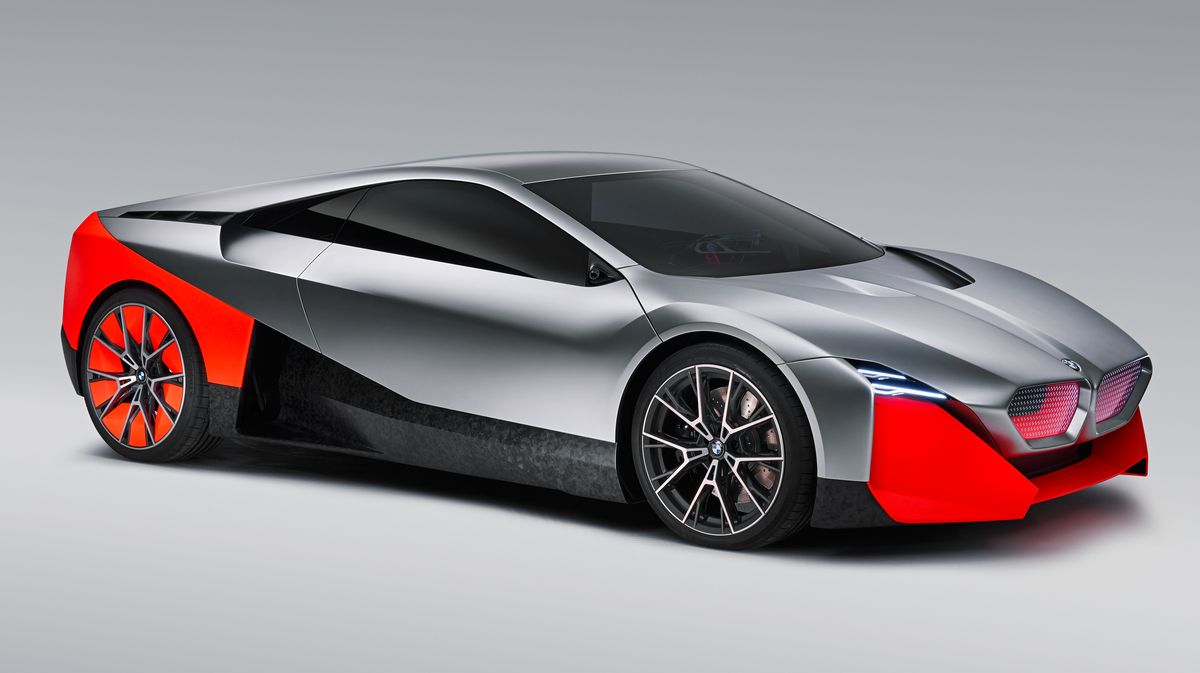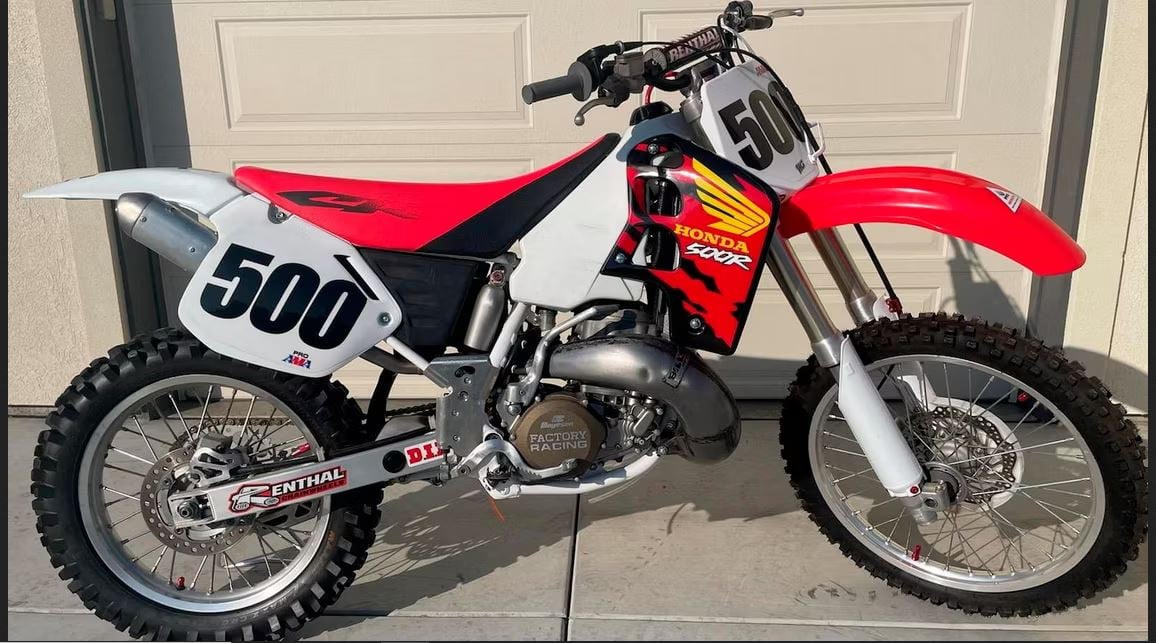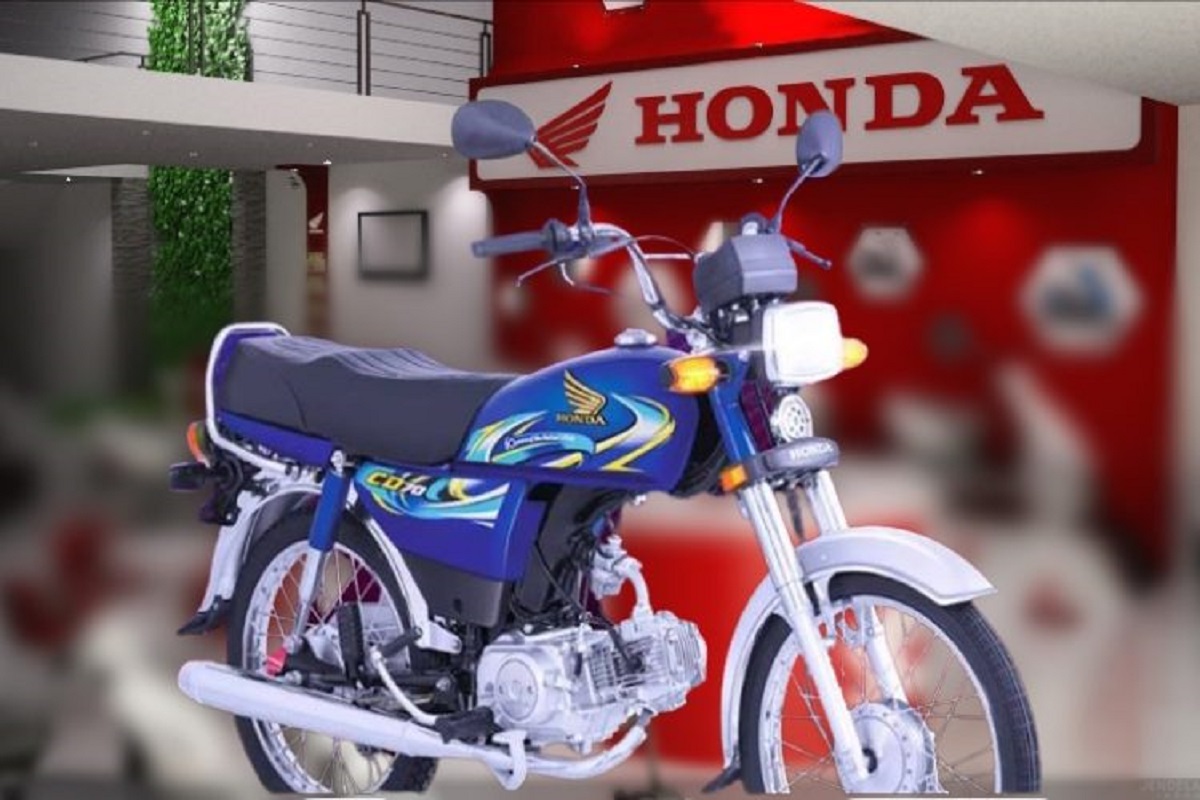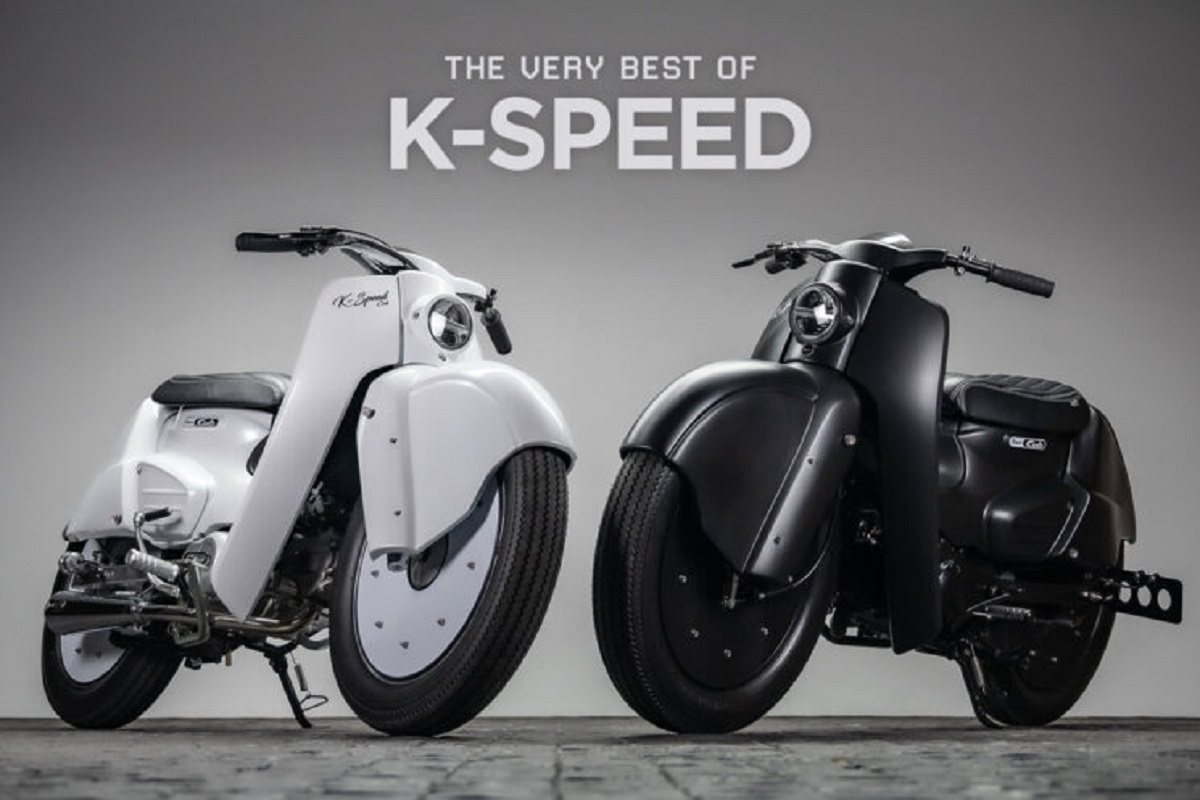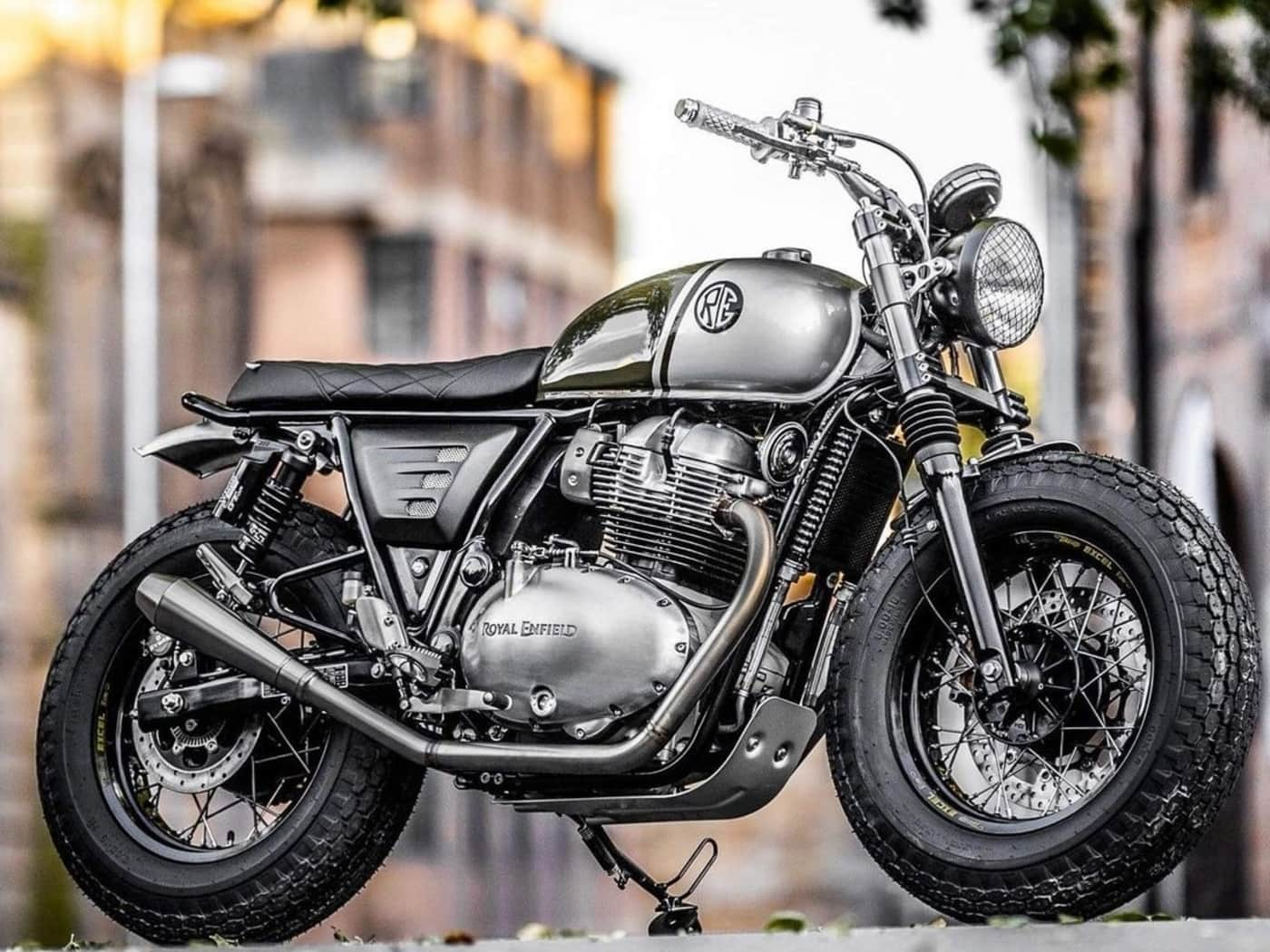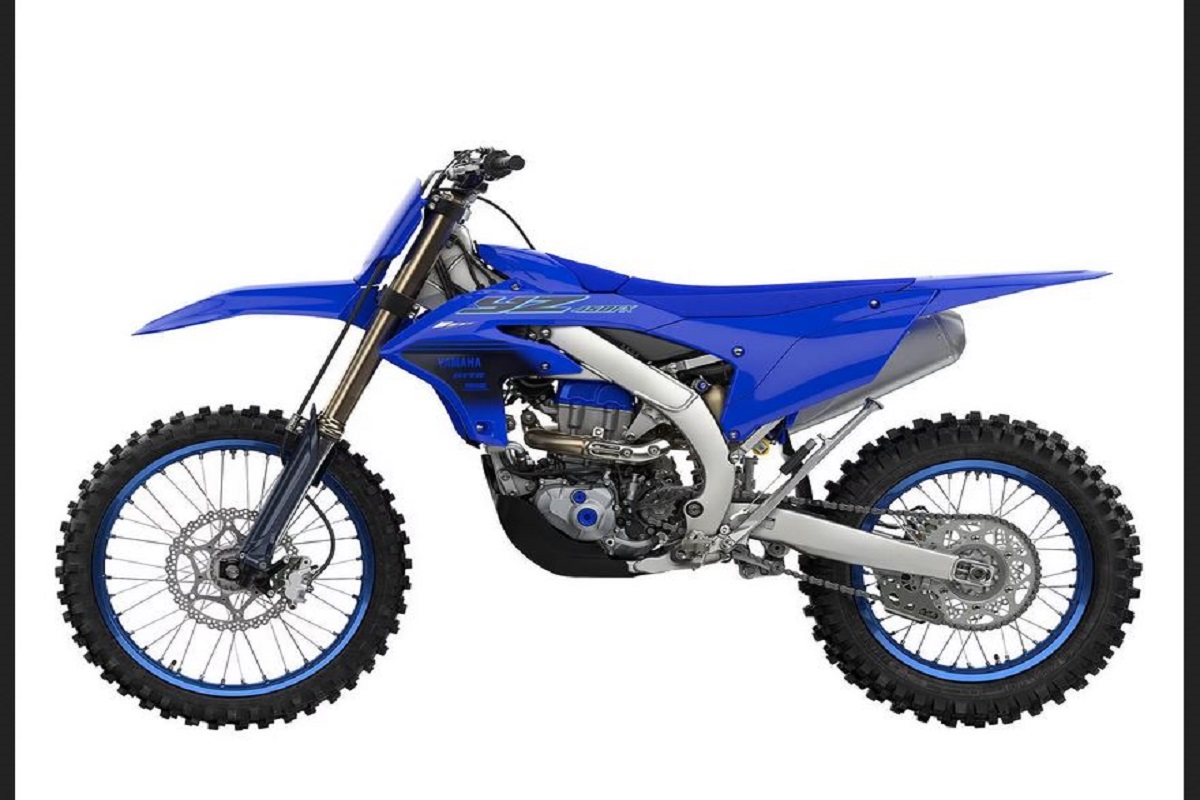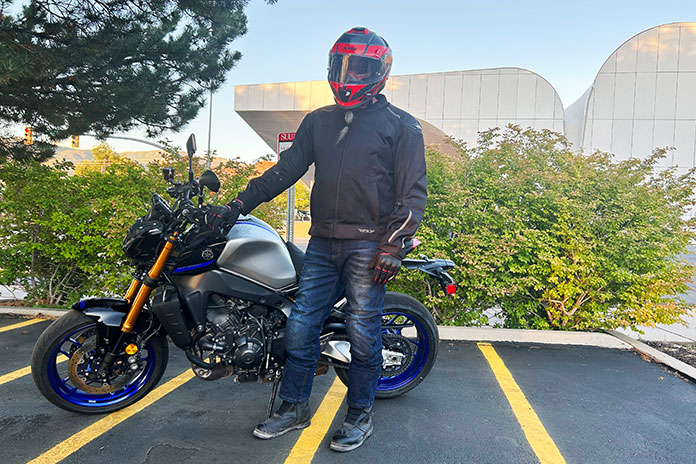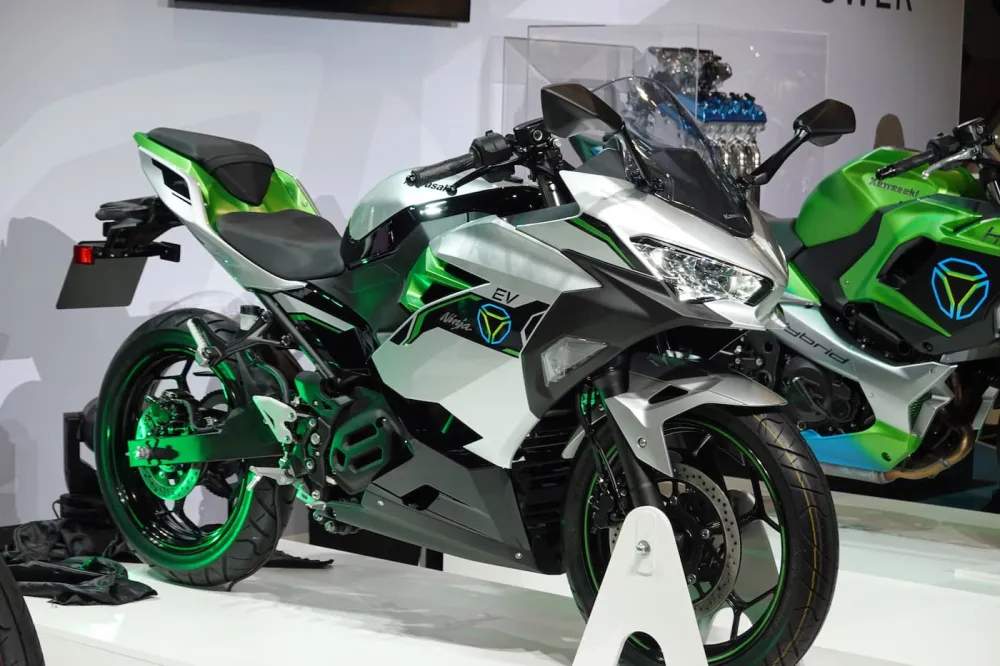The Harley-Davidson Sportster is a well-known line of motorcycles that has been in continuous production for a long time. It’s not just about the bikes; it’s a whole way of life for Harley enthusiasts, where personalizing their rides is just as important as putting on your favorite outfit. When Harley-Davidson decided to discontinue their iconic Evolution-powered models, this culture of customization and personalization only grew stronger.
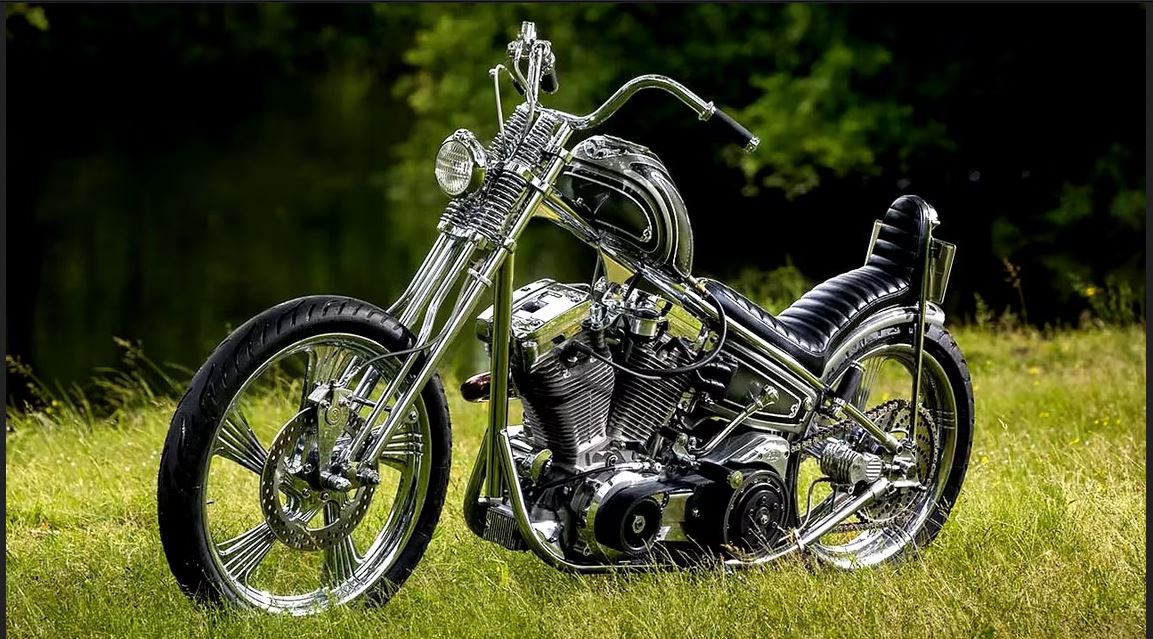
A prime example of this trend is seen with Custom Works Zon. This Japanese custom shop has embraced the spirit of Harley customization by crafting a captivating motorcycle based on the Evo Sportster. This shop is renowned in Japan for their custom work, and their latest creation speaks volumes about their skill and creativity. This motorcycle is a true classic with a touch of alluring charm, radiating authentic American chopper vibes that are sure to captivate your senses. Let’s delve into the intricate details of this remarkable machine.
The visual appeal of this custom motorcycle is simply breathtaking. It doesn’t resemble your typical Harley-Davidson Sportster at all, thanks to a plethora of custom-designed components. At first glance, you’ll notice the absence of a traditional fender, topped off with a vintage-style round headlight. The standout feature, however, is the eye-catching springer fork, meticulously crafted in-house by the skilled artisans at Zon. This unique fork design sets the stage for a low-set ape hanger handlebar, complete with custom grips, brake reservoir, and a triple clamp.
Moving towards the rear, you’ll encounter a bespoke fuel tank. Its peanut shape and compact size evoke nostalgia for old-school choppers. A closer inspection reveals distinctive contours and an attention-grabbing triple-tone paint job. Similarly, the back end channels classic chopper aesthetics, featuring a compact sissy bar that cleverly houses the license plate and tail lamp. The design also includes a shortened fender and side covers, with matching paint that harmonizes with the fuel tank.
But the details don’t end there; the more you observe, the more intricacies come to light. Among our favorites are the robust five-spoke wheels, finished in gleaming chrome, which echoes the finish of various other body parts. Notable features such as the mirror mounted on the chassis, knurled footpegs, ribbed custom saddle, and transparent air cleaner contribute to the overall appeal.
The transmission has also undergone modifications, with gears now shifted manually by hand, departing from the traditional foot controls. The engine’s new appearance is equally impressive, featuring an exposed clutch, chrome heads, and polished fins that exude a sleek and stylish appeal.
Underneath, the robust V-twin powerhouse finds its place within a specially crafted single downtube chassis, expertly fabricated by Zon’s skilled artisans. This chassis is anchored by the aforementioned springer fork at the front, and a direct link setup at the rear (note that there’s no rear suspension). Notably, the chassis integrates a minimalistic swingarm that houses a unique sprocket design, reminiscent of a disc brake.
